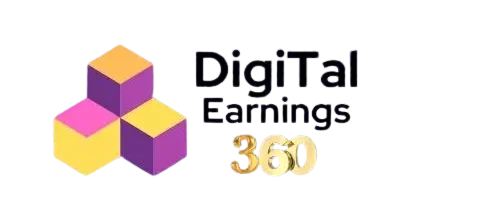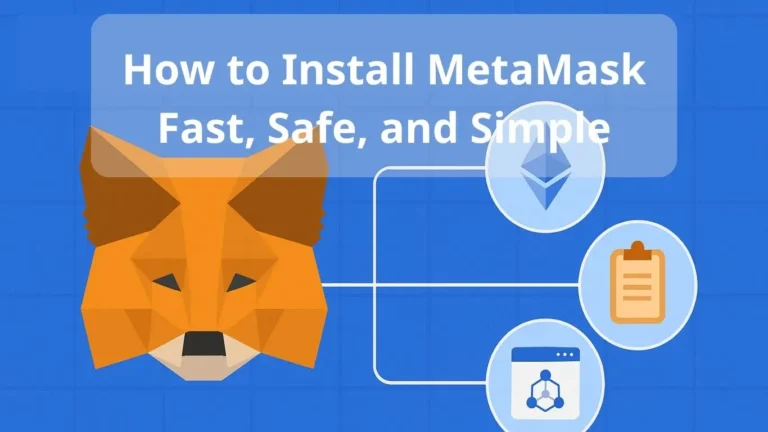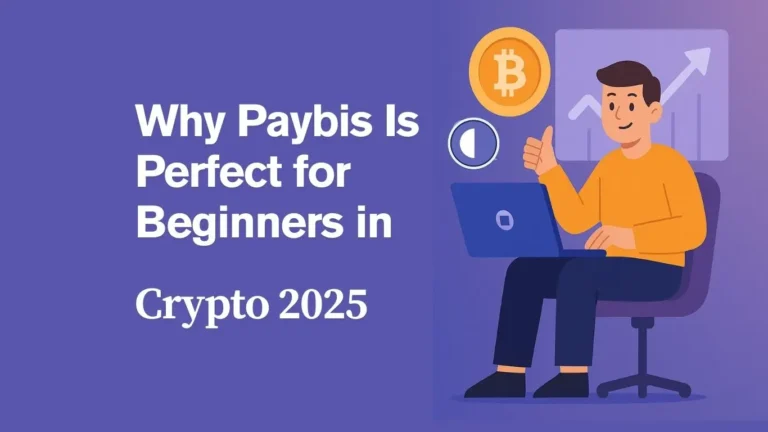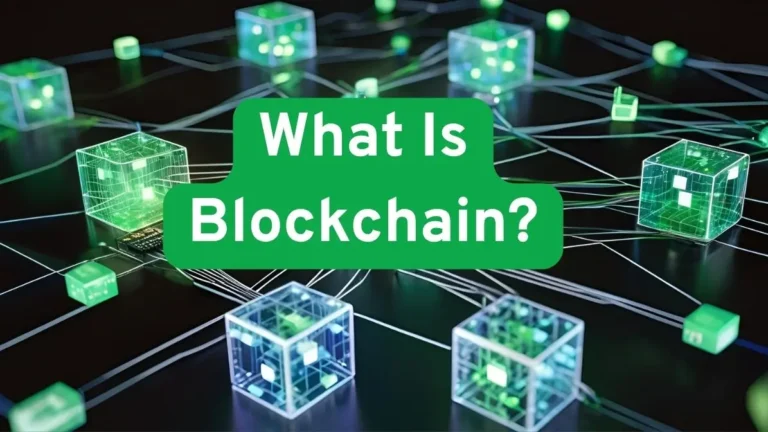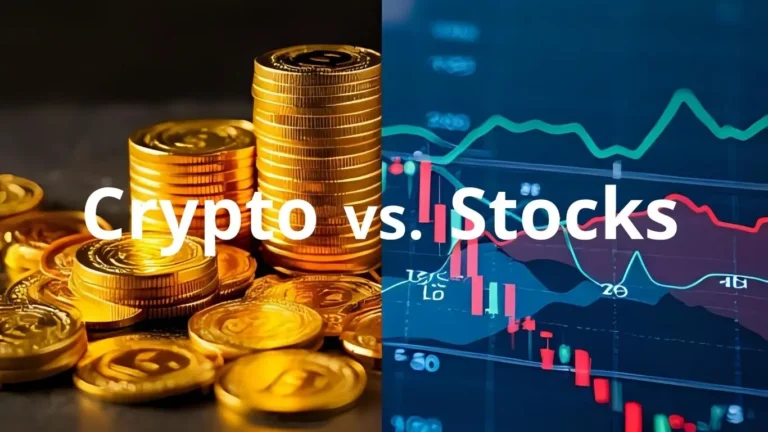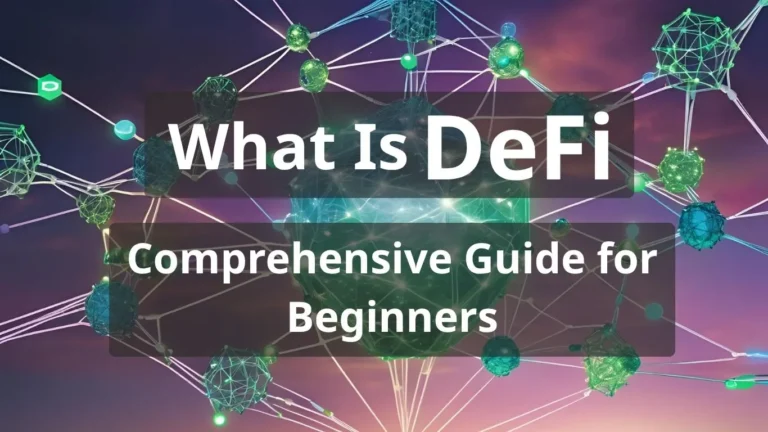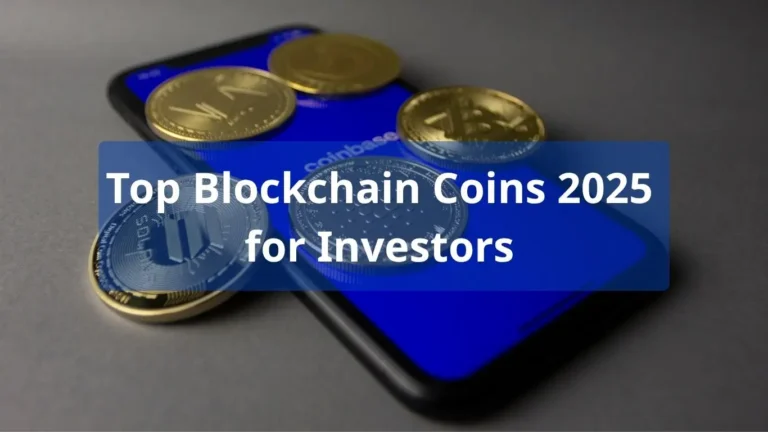10 Crypto Terms You Need to Know Right Now
A beginner-friendly guide to understanding the crypto world
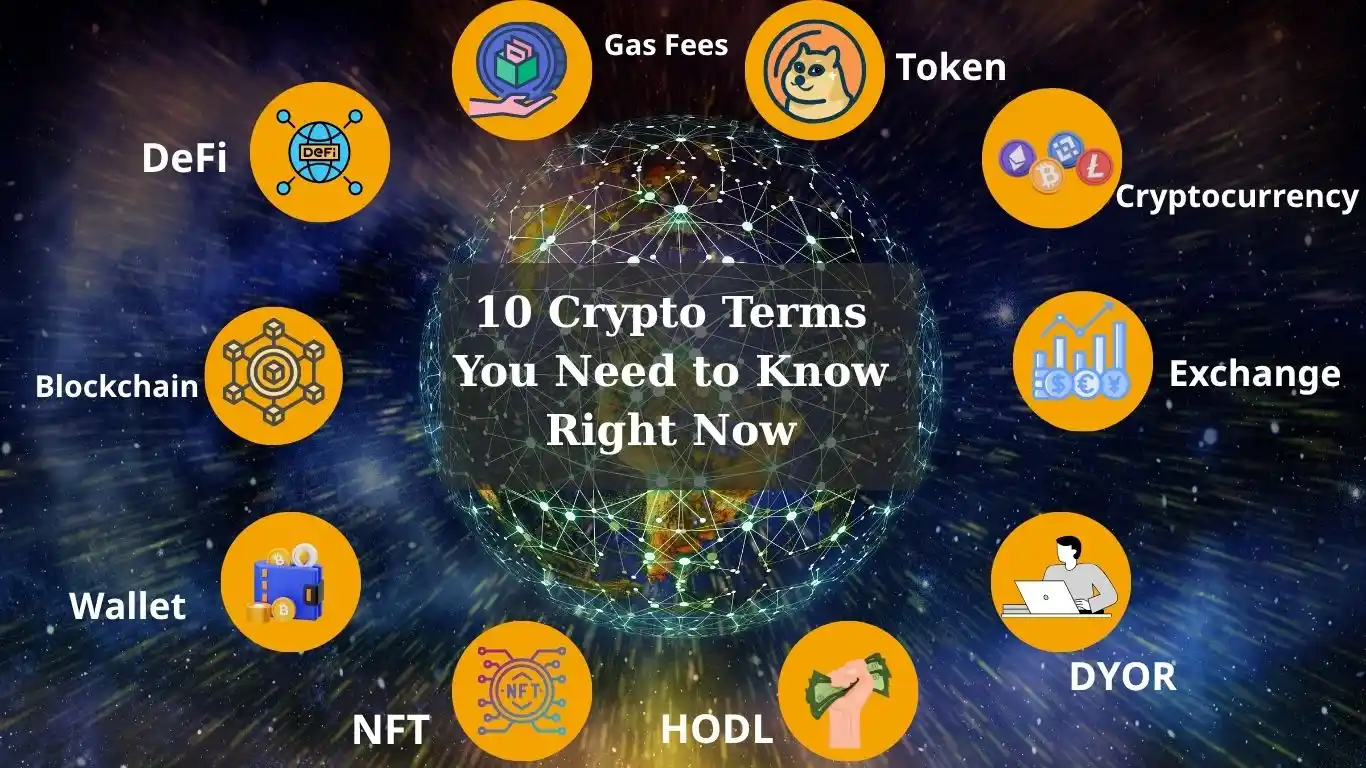
Introduction
Just getting started with crypto? You’re not alone if terms like blockchain, DeFi, or HODL leave you scratching your head. The crypto space is full of jargon—but don’t worry.
In this article, we’ll break down 10 of the most essential crypto terms in simple, easy-to-understand language—so you can feel more confident as you begin your journey in the world of digital assets.
1. Blockchain
What is it?
Blockchain is the underlying technology behind most cryptocurrencies. Think of it as a digital ledger that records all transactions and can’t be altered. It’s one of the most essential crypto terms you’ll encounter when learning crypto basics.
Why it matters:
Because it’s secure and transparent, blockchain technology eliminates the need for middlemen and builds trust in peer-to-peer transactions. Understanding blockchain is a key step toward grasping how cryptocurrency works—and it lays the groundwork for mastering other important crypto terms.
💡 Pro tip: Learn the basics of popular blockchains like Bitcoin, Ethereum, and Solana to better understand how different ecosystems work and to expand your knowledge of crypto terms and blockchain technology.
2. Cryptocurrency
What is it?
A cryptocurrency is a digital, decentralized currency that lives on a blockchain. Examples include Bitcoin (BTC), Ethereum (ETH), and BNB.To get a deeper understanding, check out CoinMarketCap’s beginner guide to cryptocurrency.
Why it matters:
Crypto can be used for investing, trading, payments, or even as a store of value—like digital gold.
📌 Tip: If you’re new, start with large-cap coins that have strong communities and proven track records.
Lorem ipsum dolor sit amet, consectetur adipiscing elit. Ut elit tellus, luctus nec ullamcorper mattis, pulvinar dapibus leo.
3. Wallet
What is it?
A crypto wallet is where you store your coins or tokens. There are two main types:
Hot wallets: Online and easy to use (e.g. MetaMask, Trust Wallet)
Cold wallets: Offline and highly secure (e.g. Ledger, Trezor)
Why it matters:
Without a wallet, you can’t safely hold or manage your assets.
🔐 Advice: Never share your private key or seed phrase—they’re like the keys to your vault.
4. Exchange
What is it?
A crypto exchange is where you buy, sell, and trade digital assets. There are two main kinds:
Centralized Exchanges (CEXs) like Binance, OKX, Bybit
Decentralized Exchanges (DEXs) like Uniswap, PancakeSwap
Understanding the difference between CEXs and DEXs is essential when learning key crypto terms, especially for beginners navigating the crypto ecosystem.
Why it matters:
You’ll use exchanges to fund your account, buy crypto, or cash out profits. Since exchanges are a core part of most crypto activity, they often come up in discussions around fundamental crypto terms.
📊 Tip: Always compare fees, security, and user experience before choosing an exchange—these factors can vary significantly and are important elements when evaluating different platforms in the world of crypto terms.
5. Token
What is it?
A token is a digital asset built on top of a blockchain (usually Ethereum).
Unlike coins, tokens don’t have their own blockchain.
Examples: USDT, LINK, UNI.
⚠️ Watch out: Not all tokens are legit—learn to tell the difference between utility tokens and scam tokens.
6. DeFi (Decentralized Finance)
What is it?
DeFi lets you lend, borrow, earn interest, and trade—all without banks or intermediaries.
Examples: Aave, Compound, Curve.
Why it matters:
DeFi opens up new ways to grow your money, often with higher yields than traditional finance.
🧠 Advice: Research carefully—DeFi offers big rewards but also higher risks.
7. NFT (Non-Fungible Token)
What is it?
NFTs represent unique digital assets, like art, music, game items, or virtual real estate.
Why it matters:
NFTs are revolutionizing digital ownership and collectibles.
🎨 Tip: If you’re into art, gaming, or the metaverse, NFTs are definitely worth exploring.
8. HODL
What is it?
Originally a typo of “hold,” HODL has become slang for buying and holding crypto long term, regardless of market fluctuations.
Why it matters:
Crypto is volatile. Long-term holders often reap the biggest rewards across market cycles.
🕒 Strategy: Pick strong coins and hold, rather than constantly trading—especially if you’re just starting out.
9. Gas Fees
What is it?
Gas fees are the transaction fees you pay to use a blockchain, especially Ethereum.
Why it matters:
High gas fees can eat into your profits if you’re making frequent transactions.
💸 Tip: Try transacting during off-peak hours (e.g. early morning) to save on fees.
10. DYOR (Do Your Own Research)
What is it?
DYOR means don’t blindly trust anyone—always do your own homework before investing in any crypto project.
Why it matters:
The space is full of opportunities—but also scams. Responsible research is your best defense.
🧭 Advice: Always check the project’s whitepaper, team, roadmap, and community before you invest.
Final Thoughts: Start Your Crypto Journey with Confidence
Mastering these 10 terms will help you navigate the crypto world with greater confidence—and avoid common rookie mistakes.
Bookmark this guide and revisit it anytime you’re unsure about a crypto term. Better yet, share it with a friend who’s also getting started!
🔗 Helpful next steps:
👉 Final Tip:
Crypto is exciting, but it’s not without risks. Always learn, verify, and stay cautious—and never invest money you can’t afford to lose.
